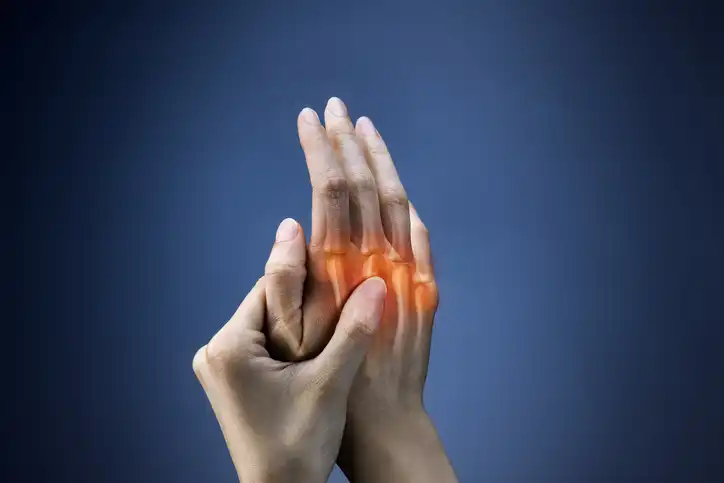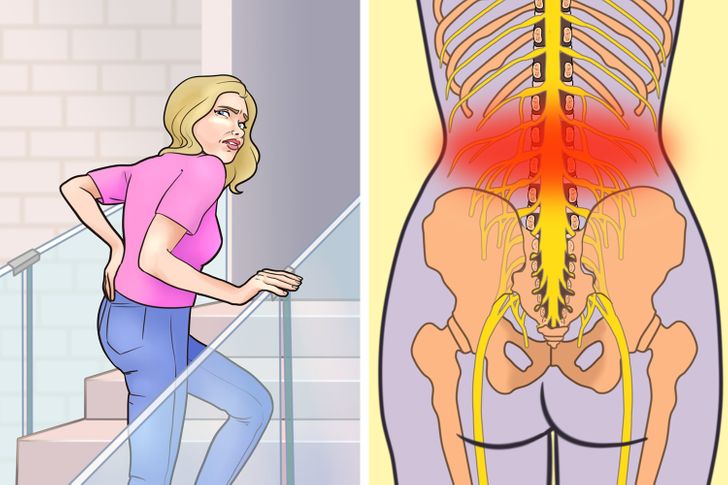Arthritis pain is a debilitating condition that affects millions worldwide. At he beauty here , we understand the complexities of arthritis pain and aim to provide comprehensive insights to help individuals better manage their symptoms.
Types of Arthritis Pain

Arthritis manifests in various forms, each with its unique set of symptoms and characteristics. The most common types include:
Osteoarthritis (OA)
Osteoarthritis, often referred to as degenerative joint disease, occurs when the protective cartilage that cushions the ends of bones wears down over time. This leads to pain, stiffness, and reduced range of motion in affected joints.
Rheumatoid Arthritis (RA)
Rheumatoid arthritis is an autoimmune disorder that causes inflammation in the lining of the joints, leading to pain, swelling, and deformity. Unlike osteoarthritis, RA can affect multiple joints simultaneously and may also involve systemic symptoms such as fatigue and fever.
Psoriatic Arthritis
Psoriatic arthritis is a type of inflammatory arthritis that occurs in some individuals with psoriasis, a chronic skin condition. It can affect any joint in the body, causing pain, stiffness, and swelling, often accompanied by psoriatic skin lesions.
Ankylosing Spondylitis
Ankylosing spondylitis primarily affects the spine, causing inflammation in the vertebrae and sacroiliac joints. This can result in chronic back pain, stiffness, and in severe cases, fusion of the spine.
Understanding Arthritis Pain Sensations

Arthritis pain manifests differently for each individual, but common sensations may include:
- Aching: Dull, persistent pain that may worsen with movement or activity.
- Stiffness: Reduced flexibility and mobility, especially upon waking or after prolonged periods of inactivity.
- Sharp or Shooting Pain: Sudden, intense pain that may radiate from the affected joint.
- Swelling: Inflammation and swelling around the joints, leading to discomfort and reduced function.
Coping Strategies for Arthritis Pain
Managing arthritis pain involves a multifaceted approach, incorporating various strategies to alleviate symptoms and improve quality of life. Some effective coping strategies include:
Medication
- Nonsteroidal anti-inflammatory drugs (NSAIDs) to reduce inflammation and pain.
- Disease-modifying antirheumatic drugs (DMARDs) to slow the progression of autoimmune arthritis.
- Analgesics such as acetaminophen for pain relief.
Physical Therapy
- Targeted exercises to improve joint flexibility, strength, and range of motion.
- Modalities such as heat and cold therapy to reduce pain and inflammation.
- Assistive devices like braces or splints to support and stabilize affected joints.
Lifestyle Modifications
- Maintaining a healthy weight to reduce stress on weight-bearing joints.
- Adopting an anti-inflammatory diet rich in fruits, vegetables, and omega-3 fatty acids.
- Practicing stress-reduction techniques such as yoga or meditation to manage pain and improve overall well-being.
Conclusion
Arthritis pain can significantly impact daily functioning and quality of life, but with the right management strategies, individuals can mitigate symptoms and lead fulfilling lives. At [Your Website Name], we’re committed to providing valuable resources and support to empower individuals living with arthritis to take control of their health and well-being.
Discover more trends:
- Keep an Eye Out for Early Signs of Rheumatoid Arthritis: A Guide
- Nicole Kidman’s Revealing Dress Sparks a Heated Discussion
- Watch Out For The Early Signs Of Rheumatoid Arthritis
- Follow us on Facebook





